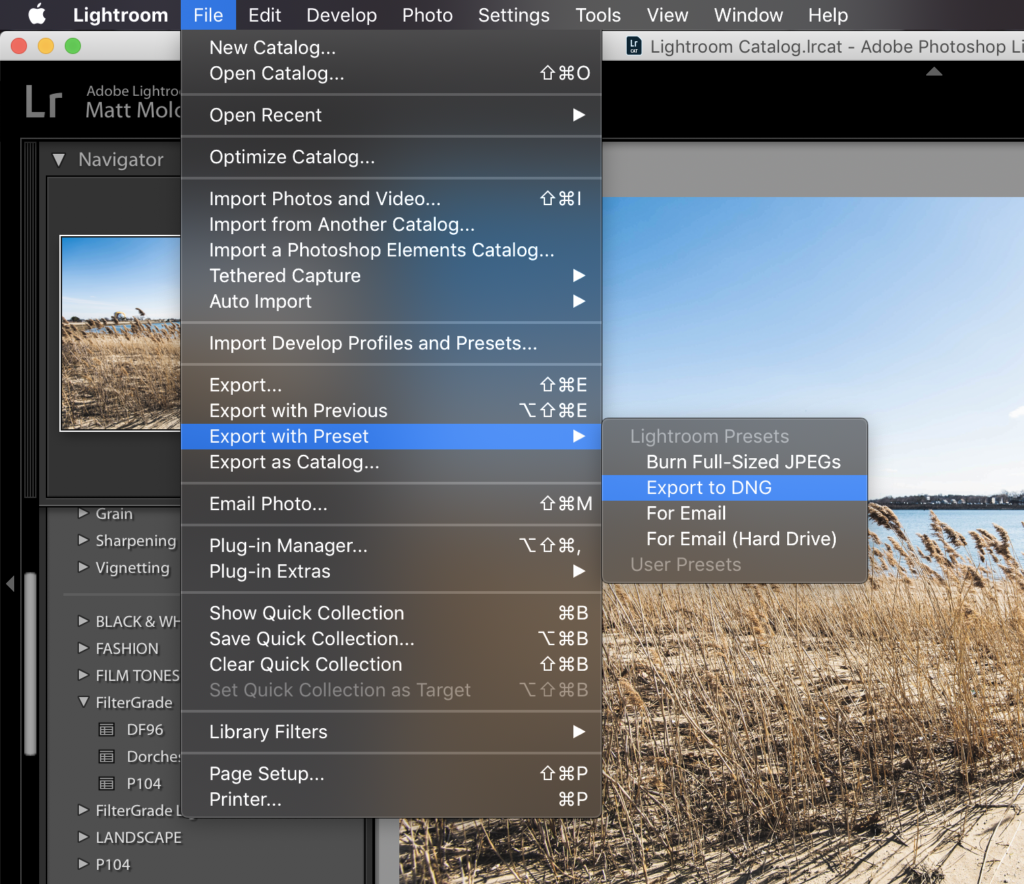
To keep the converted files in the same folder as the source files, leave the Output folder field empty. Tick Include subfolders to process all subfolders of the selected folder. If you choose not to overwrite existing files, the script adds number suffixes to file names. To overwrite existing files, tick Overwrite existing files. The ten last-used folders are shown in the dropdown.Īfter selecting the input folder, its name is entered at Output folder but you can change that either by selecting a folder using the folder icon or by typing its name. To type a folder name, use the platform-neutral format ( /d/test) or any of the platform-specific forms ( d:/test or d:\\test on Windows note the doubled backslashes in the second format).

At Input folder you enter the location of the files that you want to process to browse to a folder, click the folder icon. With no documents open, the script displays the dialog shown in the screen shot. (That script can be JavaScript, compiled AppleScript, or Visual Basic.) Use Thus, if you select InDesign as the source and the target format, the documents aren't converted, you just run the specified script against all documents. In addition to converting documents, the script can be used to run another script against all selected documents.
#CHOOSE PRESET CONVERTER PDF#
It can be used to export InDesign documents to PDF and other formats, to convert QuarkExpress and PageMaker documents to InDesign, to update large numbers of InDesign documents to the latest InDesign version, to downsave documents to previous versions of InDesign (see Downsaving to earlier InDesign versions), and to place Word (and rtf) files either in a single InDesign document or in separate documents.


Batch-process (convert/export/import) documents


 0 kommentar(er)
0 kommentar(er)
